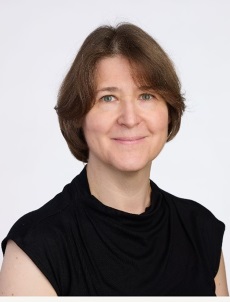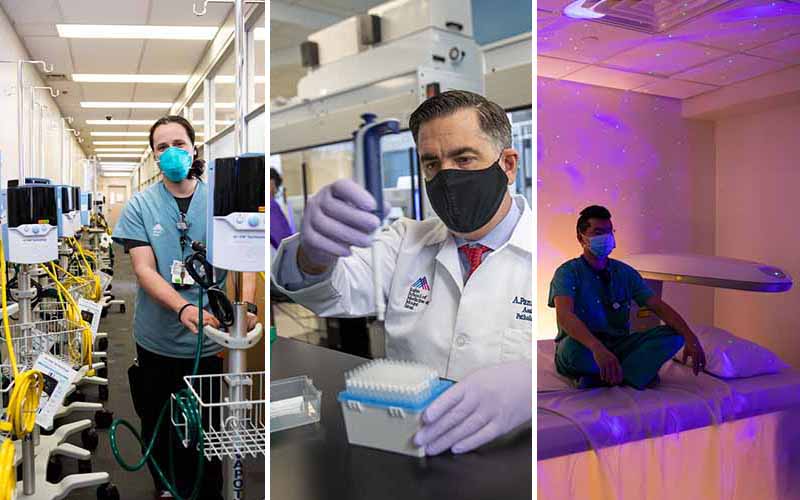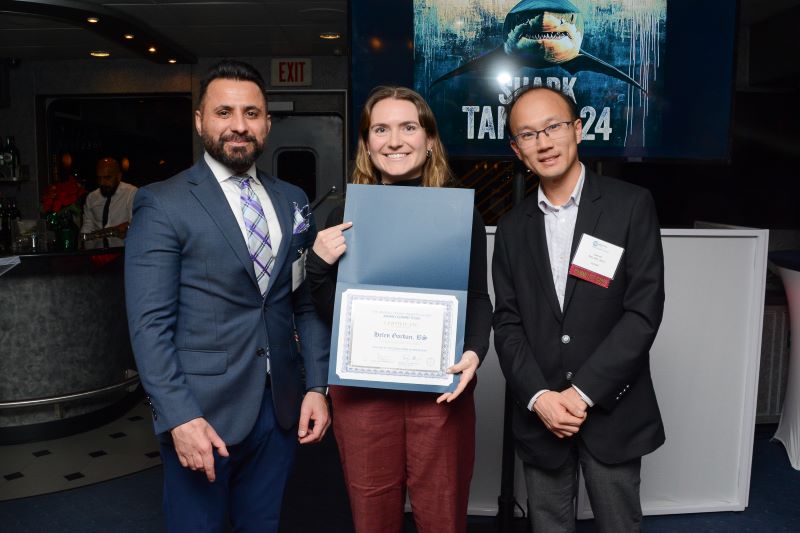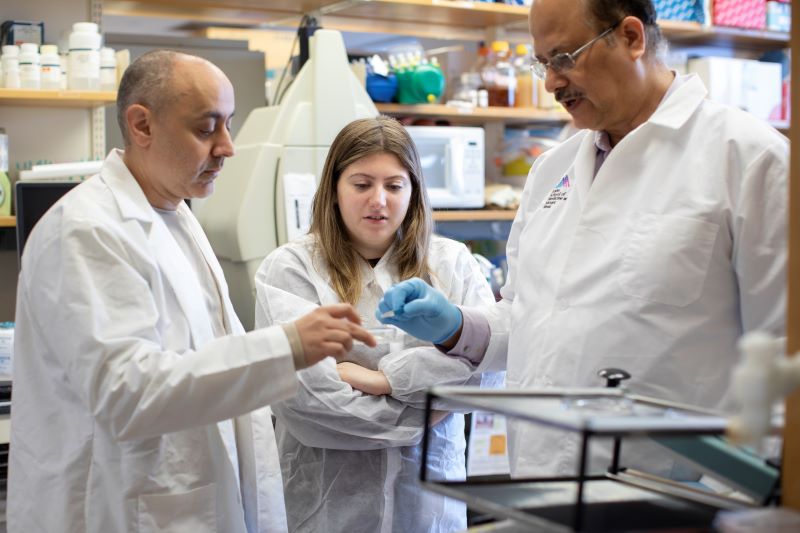Measles Is Back—Here’s What to Know
Once thought eradicated from the United States, measles is beginning to spread in communities with low vaccination rates. Texas is experiencing a measles outbreak affecting a growing number of people, a majority of them children, with one dead. In New York City, two people are reported to have contracted measles, as well as three in New Jersey. A number of other states have also reported cases, though the outbreaks are small.
Measles is a highly contagious virus with symptoms that start with fever, red eyes, cough, and progress to a rash and red spots on the skin. Without vaccination, measles can be dangerous and deadly, especially among children under five.

Jennifer Duchon, MD, MPH, DrPH
In this Q&A, Jennifer Duchon, MD, MPH, DrPH, Associate Professor of Pediatrics at the Icahn School of Medicine at Mount Sinai, discusses measles and the importance of vaccines.
What do we know about the current measles outbreak?
The current outbreak in Texas likely began with an unvaccinated individual contracting measles after travelling to a region where the disease is active, bringing it back with them, and spreading it in a community with low vaccination rates. One child died. Based on the statistics, we know that if this epidemic spreads, we expect many more children with severe complications and additional deaths.
If measles was eliminated, why has it come back?
Measles was considered eliminated from the United States in 2000. That doesn’t mean we don’t have outbreaks or cases; it means there has been no sustained transmission of measles in a particular region (such as the United States) for 12 months or more.
How contagious is measles?
Measles is a highly infectious viral infection spread through coughing and sneezing. One person with measles will spread it to 12 to 18 other susceptible people after a very short period of contact. To prevent an epidemic, about 95 percent of a specific community needs to be vaccinated. In the region of Texas where the virus is currently spreading, vaccination rates are much lower than the national average, making it extremely difficult to contain.
Could the New York region experience a measles outbreak?
Yes, absolutely. New York State, as a whole, has a robust vaccine coverage. But in some areas, such as parts of Brooklyn and Rockland County, vaccine coverage hovers anywhere from 60 to 80 percent. In 2019, New York had a similar measles epidemic that encompassed parts of New York City and Upstate NY.
Why is it important to be vaccinated?
There is no cure or treatment for measles; however, it is extremely preventable with vaccination. Vaccines vary in what they do in terms of efficacy. Some vaccines will prevent you from getting a very severe form of the disease, some prevent you from getting the disease altogether.
The measles vaccine is one of the most effective vaccines in terms of preventing people from contracting the disease. If you received one vaccine, there is about a 93 percent certainty that you won’t contract the disease. If you got two doses—as recommended—that goes up to 97 percent.
In most cases, immunity from the measles vaccine is lifelong. Unlike vaccines for COVID-19 or the flu, you don’t need booster shots or updated annual vaccinations for measles. If you are a health care worker or work with vulnerable people, such as the elderly or immunocompromised individuals, you may be required to have proof of two vaccines.
Is it true that vitamin A can provide protection from measles?
No, that data comes from outbreaks primarily in under-resourced countries where vitamin A deficiency is rampant because of malnutrition. In children who are malnourished, measles can affect the immune system in such a way that they become much more vulnerable to other diseases, and vitamin A can help prevent complications like blindness and death in those children. Vitamin A cannot prevent or treat measles.
What can I do to keep my children safe?
Vaccinate them. Any child one year or older should get the first dose of the vaccine, and a second dose at age four to six, preferably before they start school. The vaccine is not as effective on children under one year old. If you have an infant, it is important that all members of the family who are one year or older are vaccinated to protect them. In very special circumstances, where an infant could be at high risk, such as international travel, we can give the vaccine as early as six months of age. If you have questions, talk to you pediatrician.
What else would you like people to know?
The famous children’s book author, Roald Dahl, who wrote Charlie and the Chocolate Factory, lost his young daughter to measles in 1962, before an effective measles vaccine was available. In 1986, after the current vaccine was well established and part of the recommended vaccine schedule for kids, there was a measles outbreak in England due to low vaccination rates. Roald Dahl couldn’t understand why. He wrote a letter to the public describing that situation and urging people to get vaccinated. This happened back in 1986, and history is repeating itself now. This is a completely preventable disease in terms of outbreaks and morbidity and mortality. People don’t have to get this disease.

 Before COVID-19 was even formally recognized as a pandemic, David L. Reich, MD, President of The Mount Sinai Hospital, was hearing from his anesthesiologist peers in Europe about a terribly problematic “respiratory disease” with a high mortality rate.
Before COVID-19 was even formally recognized as a pandemic, David L. Reich, MD, President of The Mount Sinai Hospital, was hearing from his anesthesiologist peers in Europe about a terribly problematic “respiratory disease” with a high mortality rate.




